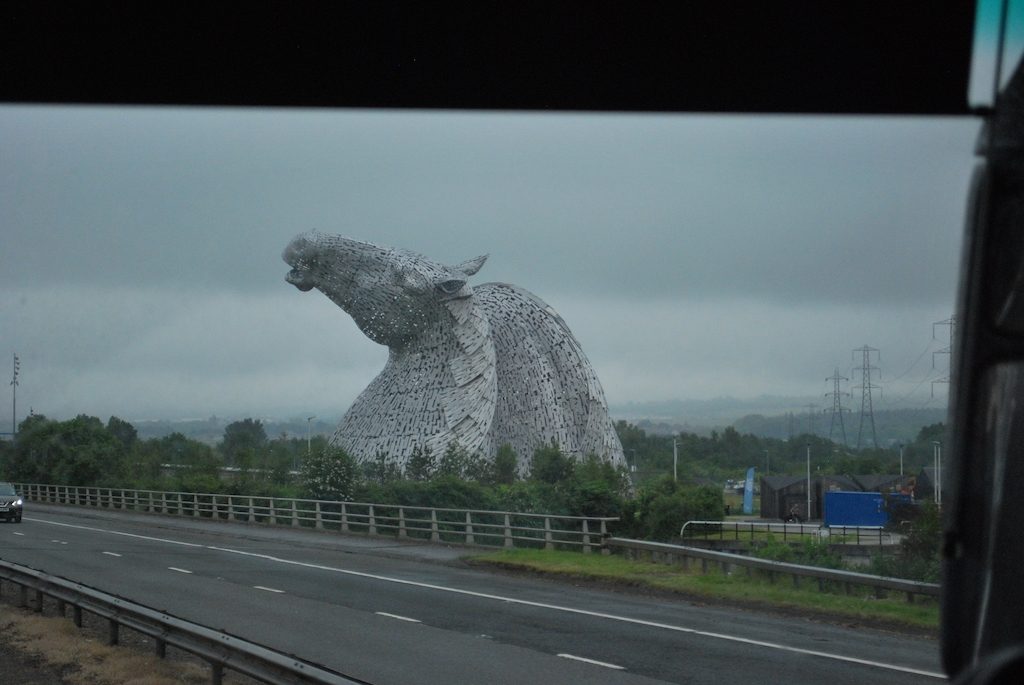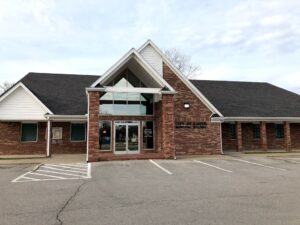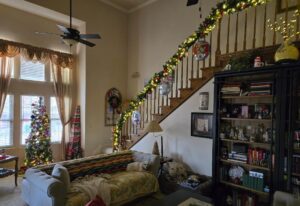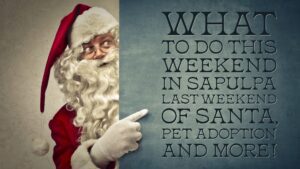NOTE: This is the third in a series of four stories about the experiences of a group of Kiefer students who traveled to the Republic of Ireland and parts of the United Kingdom earlier this summer. Read part 1 here or Part 2 here.
Their stay in Wales was brief, and the group of Kiefer students and adults waved good-bye to the seascapes and Welsh villages and traveled by bus through the English Lake District to Edinburgh, Scotland.
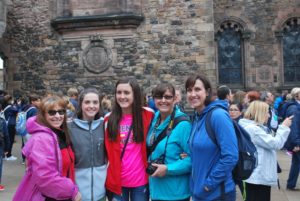
The group – composed of Kiefer High School student travelers Ashton Cooprider, Logan Holt, Evan Webster, Mikayla Godwin, Kaitlyn Ellis, Savannah Lee, Brooke Mullings and Sierra Lee and adult travelers Cindy Wilson and Misty Sloan, both of Kiefer, Trela Lopez of Kellyville, Josh Qunnelly of Sapulpa, Kathy Vaught and Sherrie Robb, both of Arkansas, and KHS English teacher, Lorrie Quinnelly, the group leader – set out on the last third of their trip abroad.
The Lake District was home to the lake poets, such as William Wordsworth, Samuel Taylor Coleridge, Robert Southey, and Thomas de Quincey, and a haven of literature for the English teacher. The travelers not only toured Wordsworth’s home, but saw his grave in Grasmere, just a short walk from the bakery that claims to be where gingerbread was created.
“This was a place I truly wanted my students to see,” said Lorrie Quinnelly. “The lake poets wrote some of the most beautiful and remembered poetry in British literature.”
Many of the travelers bought gingerbread at Sarah Nelson’s shop in Grasmere.
“It’s a lot different from what we make and call gingerbread,” said Vaught, the most daring eater of the trip. She even tried a little blood pudding, bubbles and squeak (basically leftovers from dinner at breakfast) and canned haggis. Haggis is a Scottish meatloaf made from animal intestines and other organs and traditionally cooked in the sheep’s stomach. Tour director Tom Quinn told the group that what is served today as haggis is not made in the old ways, but is a “more homogenized” version of the dish. Still, Vaught was the only traveler with the Kiefer group daring enough to sample it.
“I wouldn’t want it every day, but I could eat it occasionally.” she said.
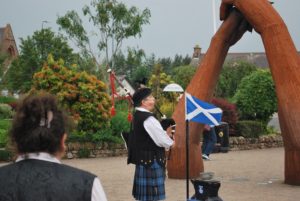
Quinn also pointed out a 20-year-old delicacy in Scotland, deep-fried Mars bars, and a traditional Scottish soft drink, Irn Bru “made from the iron girders” of Scotland, referring to its orange color. He said it is “the other national drink of Scotland,” the first being whiskey, and outsells Pepsi and Coca Cola products in Great Britain. Irn-Bru has a flavor similar to orange cream soda and also comes in a diet version.
“Irn-Bru is really good,” said Josh Quinnelly
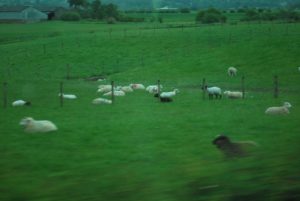
The Scottish countryside was a wealth of green fields covered in herds of sheep, spotted patches of purplish heather and wild flowers and yellow fields of canola.
“Scotland was another place I would like to have spent more time in,” Vaught said. “I’d like to do just a tour of Scotland.”
The group drove alongside Stirling Bridge where William Wallace took his historic stand in the 13th century, Stirling Castle where Mary Queen of Scots was crowned at one week old in the 16th century and Bannockburn where Robert the Bruce defeated the English in the 14th century. They also saw artwork of massive size with the Kelpies, two metal-sculpted horse heads completed by Andy Scott, and Arthur and Martha, a pair of giant giraffes built from car parts.
By mid-afternoon, the Kiefer group had arrived in Edinburgh, a bustling city that is home to Edinburgh Castle and the Royal Mile.
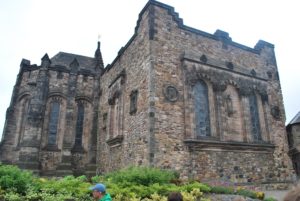
Sitting atop Castle Rock, Edinburgh Castle has been a royal castle on the rock since at least the 12th century, and the site continued to be a royal residence until 1633. The summit of the Castle Rock is 430 feet above sea level, with rocky cliffs to the south, west and north, rising to a height of 260 feet above the surrounding landscape. This means that the only readily accessible route to the castle lies to the east, where the ridge slopes more gently.
Designed in five sections, Edinburgh and the Royal Mile took more than 30 years to construct. It was the home of writers Robert Louis Stevenson, who dreamed of being a leery, or a lamp lighter, after watching the leeries lighting the street laps nightly, and Sir Arthur Conan Doyle of Sherlock Holmes fame.
Since the Kiefer group was in Edinburgh during the weekend celebration of British Queen Elizabeth II’s official birthday celebration, they were on hand when for the gun salute at the castle that could be heard all over the city.
Next Up: The Kiefer students and adults take a train to London.
—
Featured Image: The Kelpies, a pair of gigantic Scottish horse heads designed by artist Andy Scott, mark the road into Edinburgh.

